SCGB3A2
-
Official Full Name
secretoglobin, family 3A, member 2 -
Overview
The protein encoded by this gene is a secreted lung surfactant protein and a downstream target of thyroid transcription factor. A single nucleotide polymorphism in the promoter of this gene results in susceptibility to asthma. -
Synonyms
SCGB3A2;secretoglobin, family 3A, member 2;secretoglobin family 3A member 2;LU103;pneumo secretory protein 1;PNSP1;UGRP1;uteroglobin related protein 1;PnSP-1;Uteroglobin-related protein 1;OTTHUMP00000160144
Recombinant Proteins
- Mouse
- Human
- Mammalian Cell
- E.coli
- Yeast
- HEK293
- His
- HIS
- Non
- His&GST
- His&Fc&Avi
| Cat.# | Product name | Source (Host) | Species | Tag | Protein Length | Price |
|---|---|---|---|---|---|---|
| SCGB3A2-14745M | Recombinant Mouse SCGB3A2 Protein | Mammalian Cell | Mouse | His |
|
|
| SCGB3A2-160H | Recombinant Human SCGB3A2 Protein, HIS-tagged | E.coli | Human | HIS |
|
|
| SCGB3A2-7649H | Recombinant Human SCGB3A2 | E.coli | Human | Non |
|
|
| SCGB3A2-1926M | Recombinant Mouse SCGB3A2 Protein (22-139 aa), His-tagged | Yeast | Mouse | His | 22-139 aa |
|
| SCGB3A2-2175M | Recombinant Mouse SCGB3A2 Protein (22-139 aa), His-GST-tagged | E.coli | Mouse | His&GST | 22-139 aa |
|
| SCGB3A2-7932M | Recombinant Mouse SCGB3A2 Protein, His (Fc)-Avi-tagged | HEK293 | Mouse | His&Fc&Avi |
|
|
| SCGB3A2-7932M-B | Recombinant Mouse SCGB3A2 Protein Pre-coupled Magnetic Beads | HEK293 | Mouse |
|
Background
What is SCGB3A2 Protein?
SCGB3A2, part of the secretoglobin family, is a small protein mainly found in the airways. It plays roles in inflammation and immune responses. This protein helps transport molecules like LPS into cells, where it can trigger important processes like pyroptosis. SCGB3A2's ability to carry and interact with other molecules makes it a key player in the body's defense mechanisms, and it's being studied for its potential in cancer therapy due to its immune-modulating effects.What is the Function of SCGB3A2 Protein?
SCGB3A2 is a protein mainly found in the respiratory tract, and it plays roles in inflammation and immune response. It helps to transport molecules like lipopolysaccharide (LPS) into cells, aiding in the activation of certain immune pathways, such as pyroptosis. This protein might also have a role in regulating lung inflammation and has been studied for its potential in targeting cancer cells by triggering cell death mechanisms. Its functions make it an interesting target for research in disease treatment and understanding immune system processes.SCGB3A2 Related Signaling Pathway
SCGB3A2, primarily active in the lungs, interacts with signaling pathways linked to inflammation and immune responses. It significantly influences the non-canonical inflammasome pathway by aiding the transport of molecules like LPS into cells. This triggers pyroptosis, a form of programmed cell death crucial in immune defenses. SCGB3A2's involvement in these pathways highlights its potential role in managing inflammation and immune reactions, making it a valuable focus in research on respiratory health and cancer therapies.SCGB3A2 Related Diseases
SCGB3A2, mainly located in the lungs, is associated with respiratory disorders like asthma and COPD due to its role in inflammation and immune function. It might also influence lung cancer progression by engaging immune pathways and triggering cell death in tumors. Changes in SCGB3A2 levels can affect how these diseases develop, making it a target for research in treatment strategies for respiratory issues and certain cancers.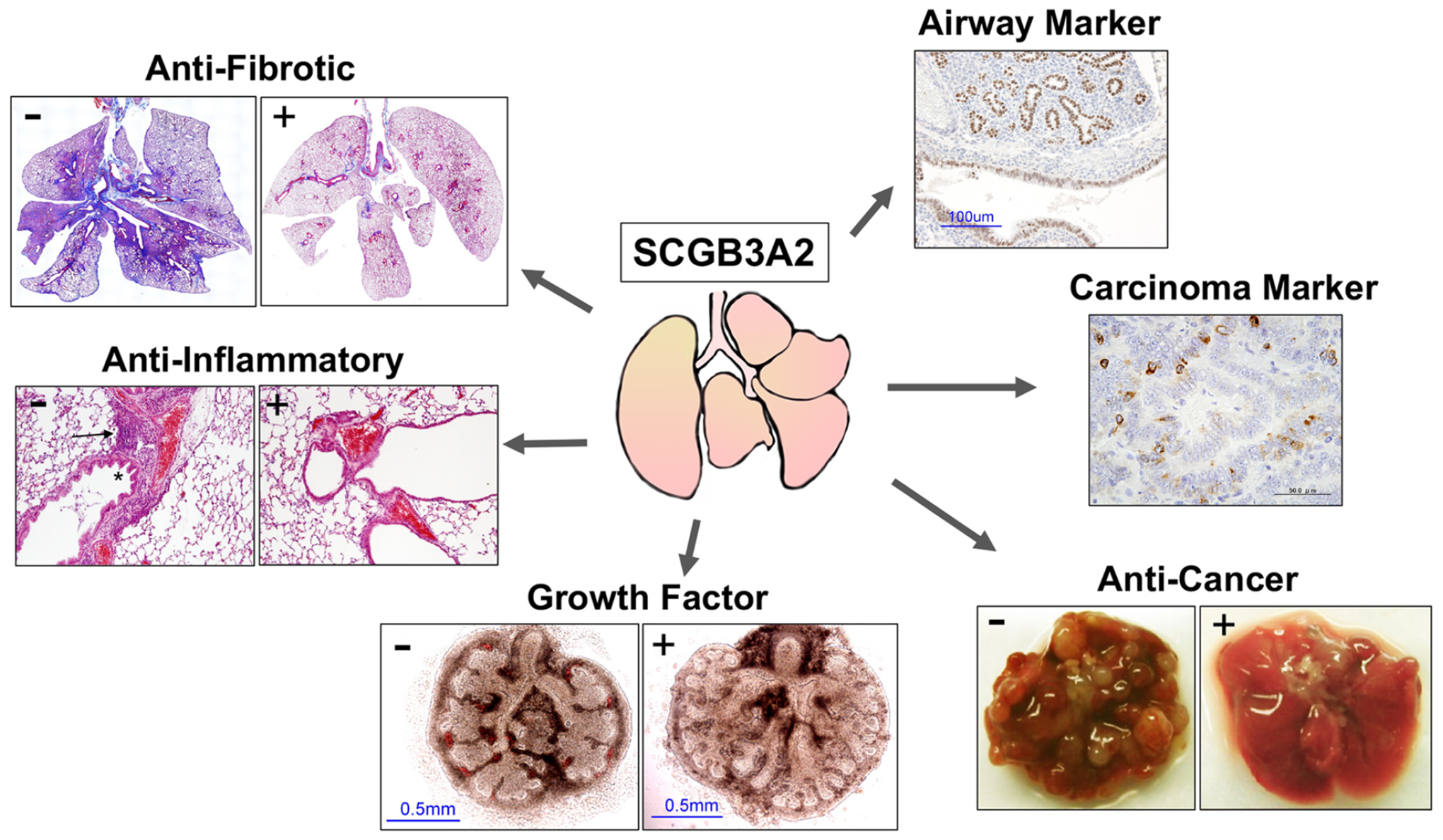
Fig1. Summary of the major biological functions of SCGB3A2 in lung. (Shioko Kimura, 2022)
Bioapplications of SCGB3A2
Secretoglobins, like SCGB3A2, form a family of small, alpha-helical proteins that are important in mammals. They create dimeric structures and can interact with various molecules, such as steroids and phospholipids, through a unique cavity formed by the way their monomers come together. This interaction may be influenced by the proteins' disulfide bonds, which can change in different redox environments. Research shows that these proteins have significant regulatory roles in biological systems. SCGB3A2, also known as Rat prostatein, is specifically involved in steroid binding in the prostate. Understanding the bioapplications of SCGB3A2 can provide insights into its role in health, disease, and potential therapeutic uses.Case Study
Case Study 1: Yokoyama S. et al. Cell Death Discov. 2021
Intracellular LPS activates the non-canonical inflammasome, causing pyroptosis, a quick cell death to remove infections. Its role in cancer is less known. Research shows SCGB3A2 aids LPS in triggering pyroptosis, impacting 5 of 11 non-small cell lung cancer lines in mice. Responsive cells express SDC1 and CASP4, but SCGB3A2 doesn't affect small cell lung cancers. It also works on some colon cancer cells. Lung adenocarcinoma patients with high SCGB3A2 levels tend to live longer, indicating SCGB3A2 might help eliminate cancer cells via pyroptosis and could be a new cancer treatment tool, potentially used with other therapies.-
 Fig1. Morphology of cells cultured in the presence of LPS or SCGB3A2 alone, SCGB3A2 + LPS, or nigericin.
Fig1. Morphology of cells cultured in the presence of LPS or SCGB3A2 alone, SCGB3A2 + LPS, or nigericin. -
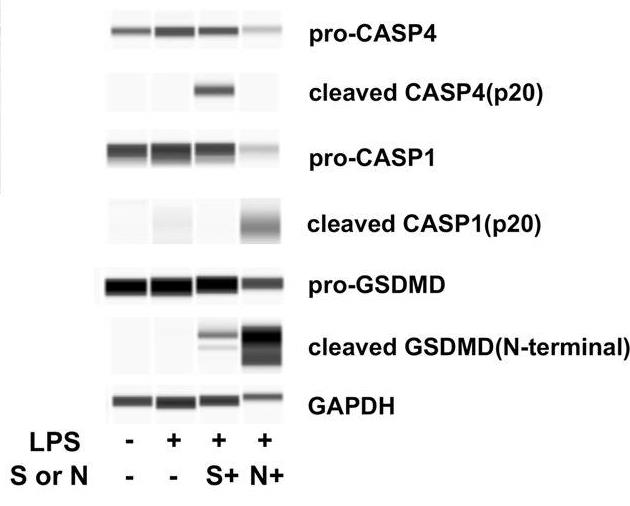 Fig2. Western blotting for the cleaved forms of CASP1 (p20), CASP4 (p20), and GSDMD (N-terminal).
Fig2. Western blotting for the cleaved forms of CASP1 (p20), CASP4 (p20), and GSDMD (N-terminal).
Case Study 2: Yokoyama S. et al. Elife. 2018
Intracellular LPS activates the non-canonical inflammasome, causing immune cells to undergo pyroptosis. Beyond its inflammatory role, LPS can shrink some tumors, though how it does this was unclear. Here secretoglobin SCGB3A2 helps LPS get inside cells via the receptor syndecan-1, leading to cell death through caspase-11. When combined, SCGB3A2 and LPS trigger pyroptosis in immune cells and reduce cancer growth in lab settings, and SCGB3A2 alone slows down tumor growth in mice. This highlights SCGB3A2's role in delivering LPS to immune cells, sparking pyroptosis, and directly affecting cancer cells.-
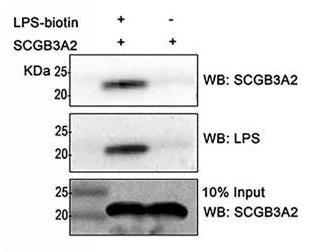 Fig3. Streptavidin pull-down assay of LPS-Biotin and recombinant SCGB3A2.
Fig3. Streptavidin pull-down assay of LPS-Biotin and recombinant SCGB3A2. -
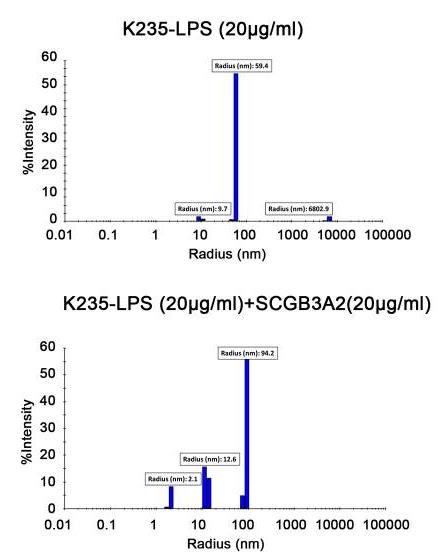 Fig4. DLS analysis using E.coli K235 serotype LPS (20 µg/ml) without and with human SCGB3A2.
Fig4. DLS analysis using E.coli K235 serotype LPS (20 µg/ml) without and with human SCGB3A2.
Quality Guarantee
High Purity
-
.jpg) Fig1. SDS-PAGE (SCGB3A2-1926M)
Fig1. SDS-PAGE (SCGB3A2-1926M) -
.jpg) Fig2. SDS-PAGE (SCGB3A2-2175M)
Fig2. SDS-PAGE (SCGB3A2-2175M)
Involved Pathway
SCGB3A2 involved in several pathways and played different roles in them. We selected most pathways SCGB3A2 participated on our site, such as Binding and Uptake of Ligands by Scavenger Receptors,Scavenging by Class A Receptors,Vesicle-mediated transport, which may be useful for your reference. Also, other proteins which involved in the same pathway with SCGB3A2 were listed below. Creative BioMart supplied nearly all the proteins listed, you can search them on our site.
| Pathway Name | Pathway Related Protein |
|---|---|
| Vesicle-mediated transport | PPP6C,CLVS1,HSPH1,HPX,BLOC1S1,BLOC1S4,GJA8,BLOC1S3,TRAPPC6A,NAPG |
| Binding and Uptake of Ligands by Scavenger Receptors | HYOU1,SAA1,APOBB.1,IGLC2,CD163,IGKV1-5,HSPH1,COL1A2,Alb,LOC479668 |
-
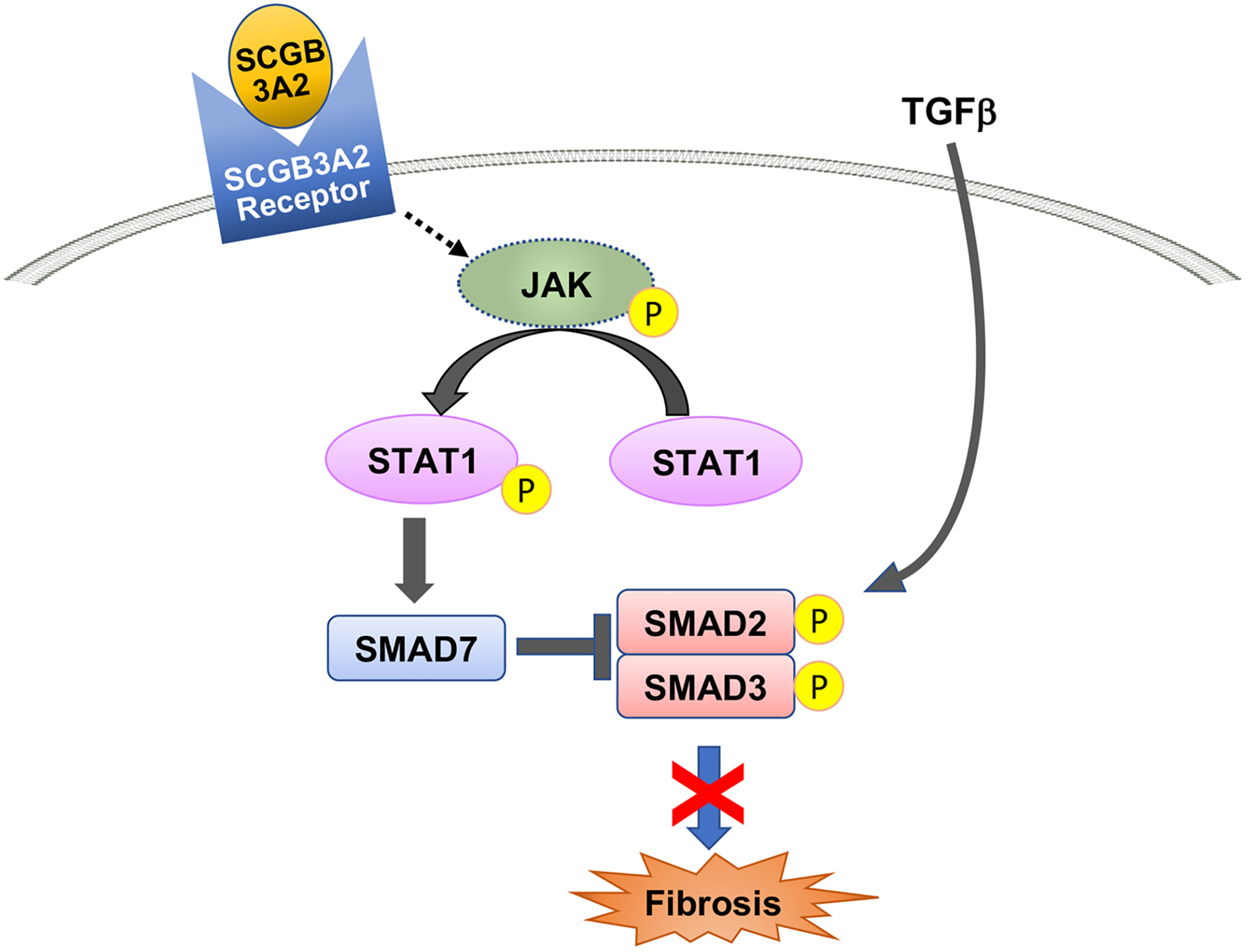 Fig1. Mechanism for the anti-fibrotic activity of SCGB3A2. (Shioko Kimura, 2022)
Fig1. Mechanism for the anti-fibrotic activity of SCGB3A2. (Shioko Kimura, 2022) -
 Fig2. Mechanism for the anti-cancer activity of SCGB3A2 through activation of the non-canonical inflammasome pathway. (Shioko Kimura, 2022)
Fig2. Mechanism for the anti-cancer activity of SCGB3A2 through activation of the non-canonical inflammasome pathway. (Shioko Kimura, 2022)
Protein Function
SCGB3A2 has several biochemical functions, for example, . Some of the functions are cooperated with other proteins, some of the functions could acted by SCGB3A2 itself. We selected most functions SCGB3A2 had, and list some proteins which have the same functions with SCGB3A2. You can find most of the proteins on our site.
| Function | Related Protein |
|---|
Interacting Protein
SCGB3A2 has direct interactions with proteins and molecules. Those interactions were detected by several methods such as yeast two hybrid, co-IP, pull-down and so on. We selected proteins and molecules interacted with SCGB3A2 here. Most of them are supplied by our site. Hope this information will be useful for your research of SCGB3A2.
Resources
Related Services
Related Products
References
- Wang, XT; Tanino, Y; et al. Secretoglobin 3A2 Attenuates Lipopolysaccharide-Induced Inflammation Through Inhibition of ERK and JNK Pathways in Bronchial Epithelial Cells. INFLAMMATION 38:828-834(2015).
- Khavinson, VK; Tendler, SM; et al. Peptide Regulation of Gene Expression and Protein Synthesis in Bronchial Epithelium. LUNG 192:781-791(2014).


